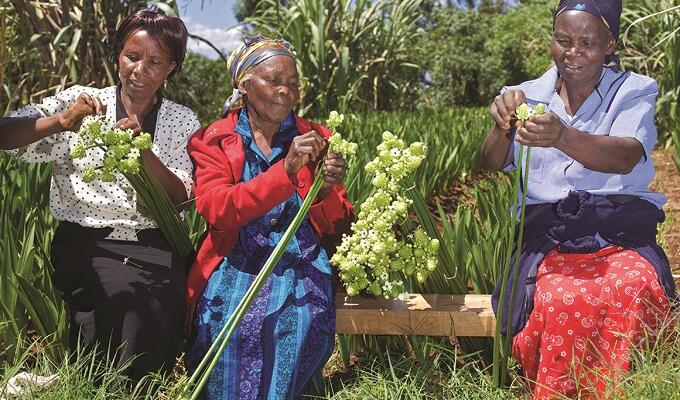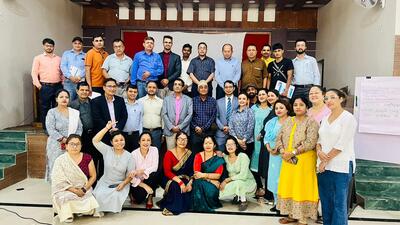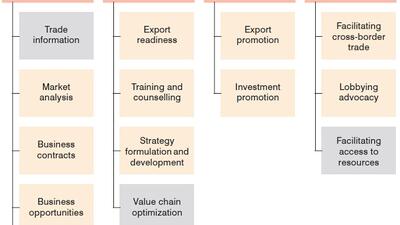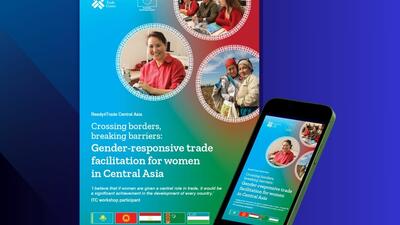

The role of Aid for Trade and technical trade assistance in regional economic integration
Recent developments in world trade regulation increasingly exhibit a focus on mega-regional trade agreements and other processes of inter- and intra-regional economic integration. These dynamics span advanced, emerging, less developed countries and everything in between. Even where such agreements are ostensibly only being negotiated between developed regions – such as in the proposed Transatlantic Trade and Investment Partnership (TTIP) between the European Union and the United States of America – there are inevitably consequences for the developing world.
While trade openness creates growth, it is not in and of itself a panacea for the myriad challenges of development. In the dual context of crafting of the post-2015 Sustainable Development Goals and the transition between what I deem the ‘old’ and ‘new’ worlds of trade, it is important to consider the potential risks and rewards mega-FTAs and regional integration efforts may hold for emerging regions. It is more important still to examine and reaffirm the role the International Trade Centre (ITC) has played and continues to play in advancing the Aid for Trade (AFT) agenda.
In The Geneva Consensus, a book I published just after my departure from the World Trade Organization, I highlighted the need to find a balance between the benefits of creating economic gains through trade and the potential impact trade openness can have on social fabrics. Opening trade does create efficiencies, and therefore economic gains – but policymakers must make sure these economic gains also translate into social gains at all levels of society, especially for developing countries where inequalities have been on the rise.
Though reducing trade obstacles can and does level the playing field of world trade, such obstacles are themselves being transformed as we transition from the old to the new world of trade. In the old world, trade obstacles were drawn along the lines of national systems of production and existed to protect domestic producers from competition. In that world, opening trade meant reducing these obstacles, primarily tariffs, quotas and subsidies. Eliminating these barriers, if not easy, was fairly straightforward for trade negotiators.
New-world obstaclesIn the new world, production has become transnational along global value chains for both goods and services. While some oldworld trade barriers remain, new-world obstacles to trade are increasingly based on precautionary measures vis-à-vis the safety and preferences of a nation’s or region’s consumers and not the protection of its industries. The path to reducing trade barriers based on precaution is harder to tread because it requires harmonizing value-based norms and quality and safety-based standards that also happen to reflect citizens’ collective preferences.
At the same time, the graduated tradeopenness approach based on differing levels of development that reigned in the old world of trade is no longer applicable in the new. Variable tariff regimes based on development levels were possible in the old world but are not in the new. Take, for example, standards on maximum residual pesticide residue for flowers. Having a graduated standard for lower, middle and high-income countries does not make sense. In this example, we can imagine the tangible advantages regulatory convergence achieved through a megaregional trade deal like the Trans-Pacific Partnership or the TTIP could have for a flower farmer in an African country like Rwanda.
Meanwhile, developing regions are still dependent on the evolution of external regulatory bodies even as certain intra-regional economic integration movements begin to bear their fruits, as in Eastern Africa, Central America and within ASEAN. However, much is left to be done on a global scale. Despite some progress at Bali in 2014, the Doha Round remains unfinished. Many tariffs are still high in developing countries, particularly in emerging markets. Excessive agricultural subsidies can present substantial barriers to these countries’ abilities to fully integrate with more developed nations.
But there is good news. These and other persistent obstacles to developing regions’ full integration and world trade can be overcome. Through both material and technical trade assistance – especially in adapting to sanitary and phytosanitary standards, and the establishment of benchmark private standards – ITC and its partner organizations and countries are working to ensure developing and emerging economies’ continued success dovetailing with the evolving architecture of the new world of trade.
BOOSTING COMMERCE FOR GOODAs regards the overall success of Aid for Trade (AFT), I remain encouraged by what I perceive to be two of its major achievements. First, the programme has helped to effectively mobilize resources towards projects that boost commerce through improved trade infrastructure and reduced red tape. Secondly, by mainstreaming the importance of trade’s positive role for development, AFT has sustained interest in development and trade despite the difficult geopolitical context of the global economic crisis. Continued streamlining of Aid for Trade’s resource allocation process and evergreater transparency and accountability will ensure the initiative’s continued success.
As a major player in Aid for Trade, ITC can and should remain ahead of the curve in this new world of trade. Its recognized expertise in both public and private standards have become a key determinant of the capacities of developing countries and SMEs to trade.












